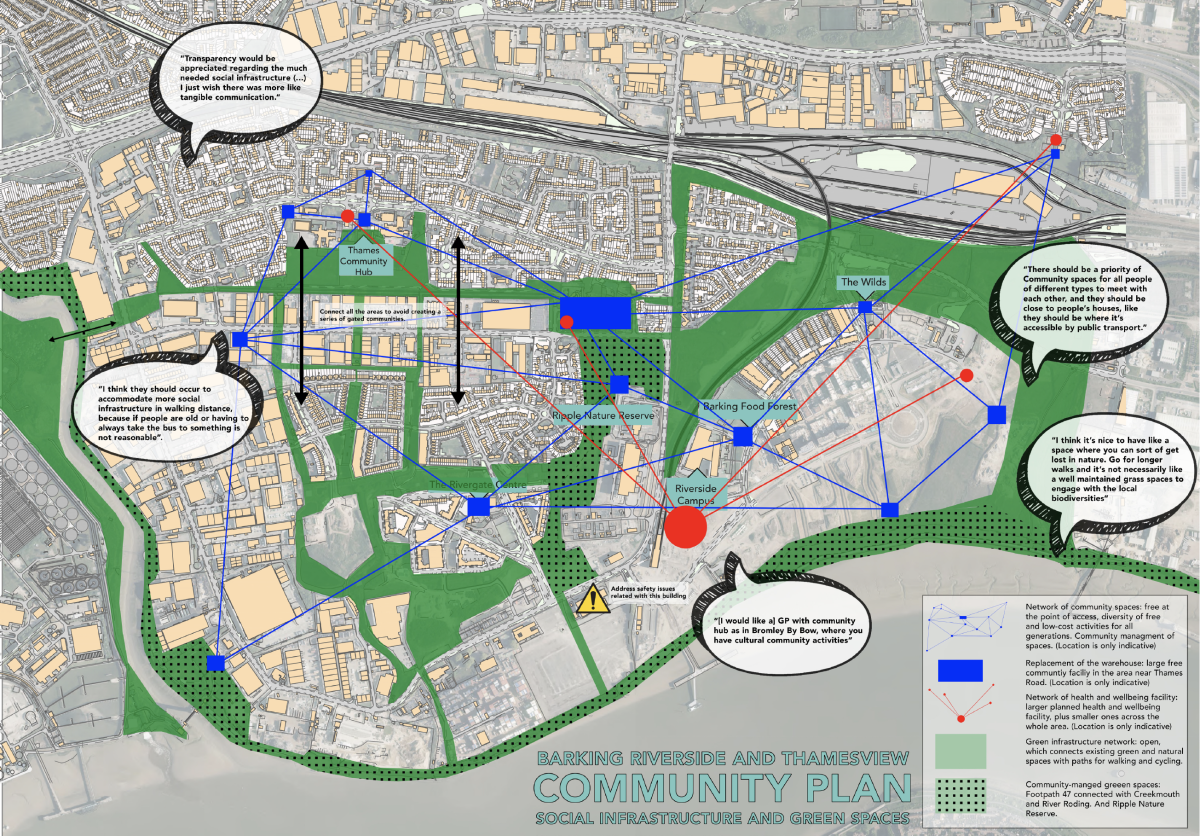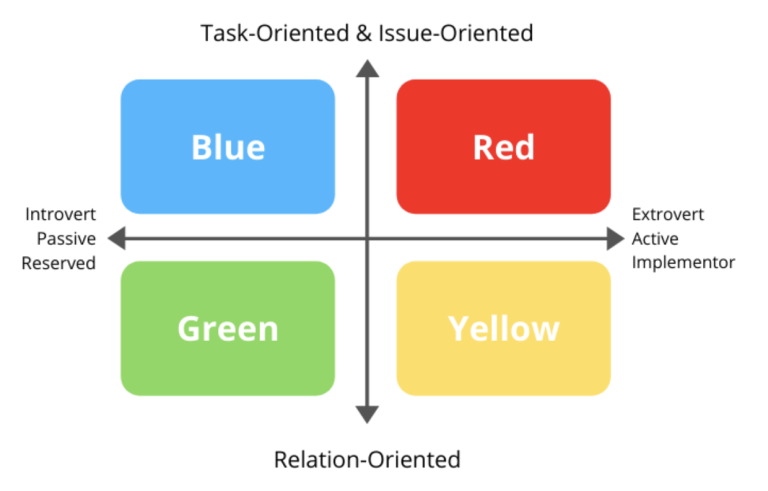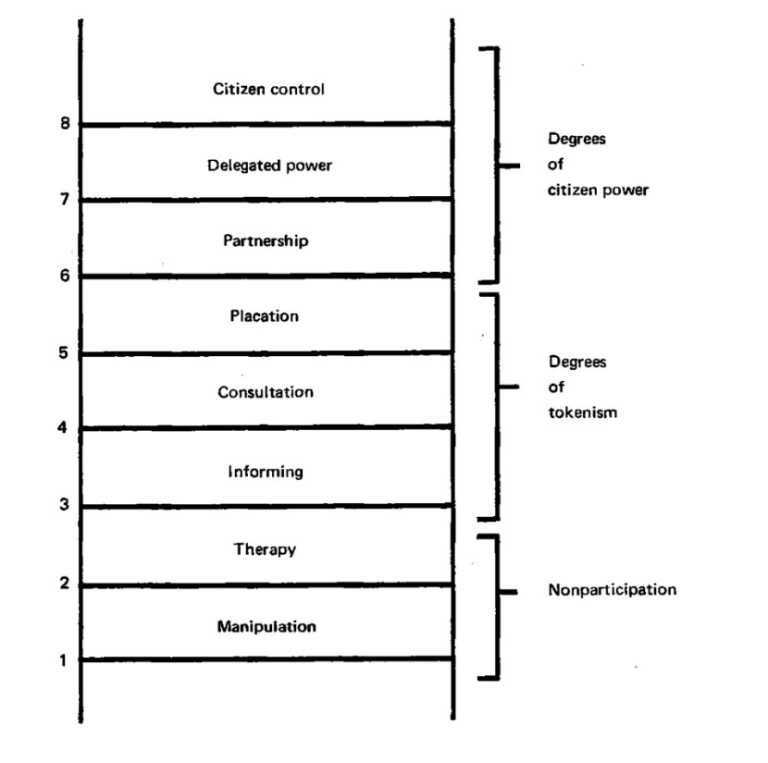From East London to Freelancing: My Journey of Growth, Learning, and Communication
Hello! My name is Narash, and I’m thrilled to share a little bit about myself, my passions, and the values that shape who I am today. Curiosity has always been at the heart of who I am, fuelling my passion for learning and discovery. Born and raised in East London, I have cherished my roots, embracing a rich tapestry of culture, diversity, and vibrant life experiences. As a family-oriented person, I find immense joy in nurturing meaningful connections that transcend boundaries.
A Career Built on Communication and Coordination
My professional journey has been diverse, starting with a career in banking, where I learned the importance of structure and precision. But my true passion lies in bringing people together and facilitating communication. I currently freelance as an Administration & Coordination Project Manager at Thames Life, where I help streamline processes, manage projects, and ensure that things run smoothly.
What I love most about my work is the power of communication. It’s amazing how investing time and effort into effective communication can help break down barriers—especially for those whose first language isn’t English. I’m passionate about helping people connect, whether in the workplace, within a community, or through collaborative efforts. Being part of a community is something I truly value. I understand the importance of belonging and the positive impact it can have on individuals and society as a whole.
A Family-Oriented Foundation
Family has always been at the heart of everything I do. Growing up, my family played a pivotal role in shaping who I am today. It’s this foundation that inspired me to help set up our family business, and it continues to motivate me in everything I do, especially in my career. I’m married with three children, and I’m blessed to have them in my life, keeping me grounded and motivated to give my very best every day. Becoming a mum was the most rewarding and defining moment of my life, and I strive to be a positive role model for my children—showing them the importance of hard work, integrity, and following their dreams. When I’m not working, you’ll likely find me enjoying long walks or heading out to try a new restaurant with my family.
A Love for Eastern and Western Cultures
One of the things that excites me most is the fusion of Eastern and Western cultures. From the music I listen to, which blends both worlds, to the food I enjoy, I’m fascinated by how the best of both sides come together to create something unique. I also love exploring how fashion, food, and traditions from both sides of the world can mix to form something exciting and new.
Goals and Aspirations
Looking ahead, my goals are simple yet meaningful: to continue growing, both personally and professionally, and to build a brand for myself that reflects my values of honesty, communication, and community. Every step I take is towards creating something that I can be proud of and that will benefit both myself and those around me.
Thank you for taking the time to read a little about my journey. I hope you find something here that resonates with you, and I look forward to sharing more as I continue to grow, learn, and bring people together.
Narash
Administration & Coordination Project Manager






